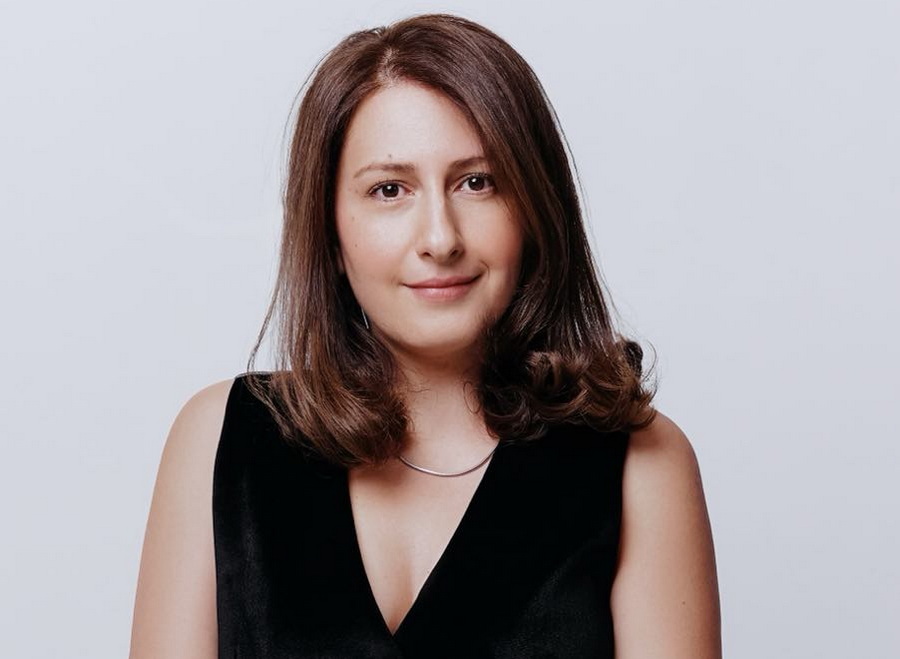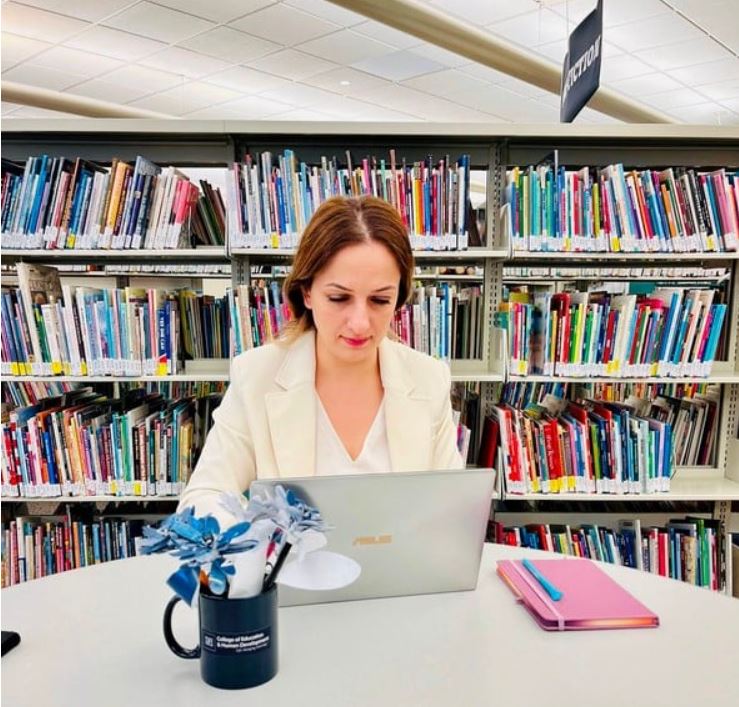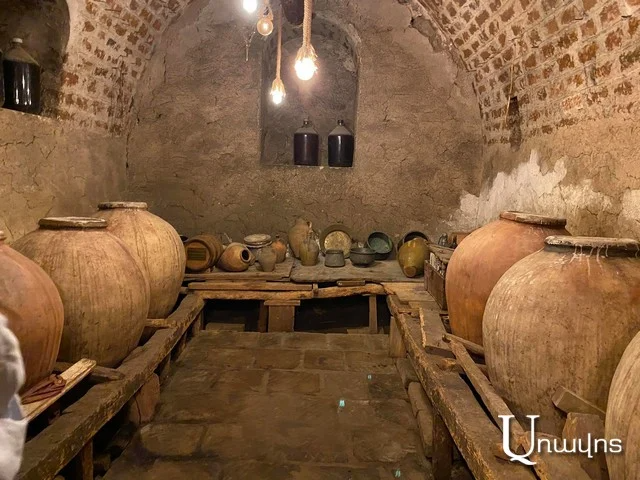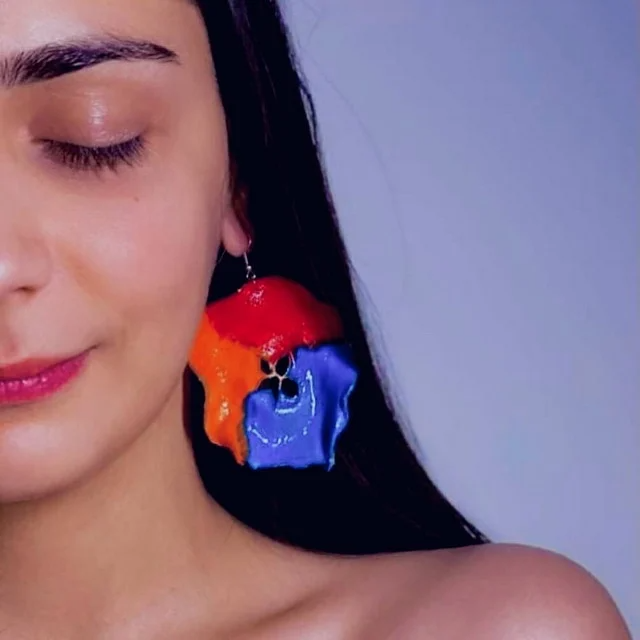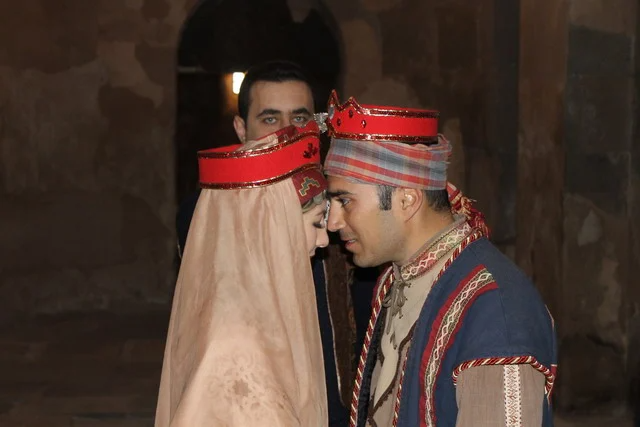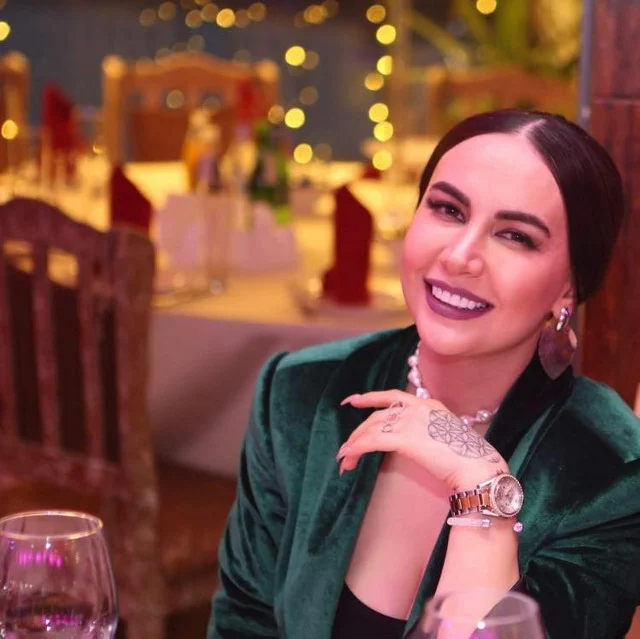The world of modern fashion is at a turning point, requiring a rethinking of production and consumption practices. Erika Chilingaryan, founder of the Platon FF brand and Serendipity modeling agency, creates clothing that blends high quality, conscious design, and contemporary aesthetics. Working within the constraints of Armenia’s limited market, Erika not only drives her brand forward but also sheds light on the importance of sustainability and the unique challenges facing the Armenian fashion industry.
Conscious Consumption: Fashion with Purpose
Erika firmly believes that fashion must move away from mass production and adopt a more thoughtful approach. “Mass production has disrupted the true essence of fashion,” she says. “In the pursuit of profit, the soul of clothing is often lost, leaving the world overwhelmed with unnecessary items. We need to go back to creating quality garments that stand the test of time.”
Platon FF embodies this philosophy, producing limited collections with meticulous attention to detail. Erika’s vision is to craft clothing that reflects individuality and is built to last, steering consumers away from the trap of disposable fashion.
The Role of Craftsmanship in Fashion
In an era where technology is rapidly transforming industries, Erika advocates for preserving craftsmanship and human creativity. “Technology is essential, but it cannot replace the human touch. Handcrafted garments carry a unique energy and attention to detail that machines simply cannot replicate,” she explains.
The Challenges of Fashion in Armenia
As a designer operating in Armenia, Erika faces significant challenges that hinder the development of the local fashion industry:
- High International Shipping Costs
“Exporting even small batches of clothing is so expensive that it severely impacts the competitiveness of Armenian brands on global markets,” Erika notes.
- Lack of Local Fabric Production
“Armenia once had a rich textile industry, producing everything from silk to knitwear. Today, we rely entirely on imported fabrics, which raises the cost of production, especially for small-scale designers,” she says.
- A Small and Limited Market
With a small population and lower purchasing power, the Armenian market offers limited opportunities for growth. “It’s a challenge to create designer clothing that remains accessible to local consumers while maintaining high standards of quality,” she explains.
- Consumer Mindset
“The mentality of many Armenian consumers is a major obstacle,” says Erika. “People often prefer mass-market brands with global recognition over supporting local designers. They choose a name over individuality. This mindset makes it harder for the local fashion scene to flourish.”
The Future of Armenian Fashion
Despite these obstacles, Erika sees great potential for fashion in Armenia. She believes the industry must focus on several key areas to grow:
- Reviving local textile production to lower manufacturing costs.
- Supporting young designers through grants, exhibitions, and marketing initiatives.
- Promoting a culture of conscious consumption where individuality and quality take precedence over brand recognition.
“We’re a small country with immense talent. If we start supporting one another and investing in local brands, we can elevate Armenian fashion to the next level,” Erika says confidently.
Sustainability as a Global Imperative
For Erika, sustainability is not just a buzzword but a responsibility. She supports eco-friendly production methods and responsible consumption as the foundation of modern fashion. “Designers have a duty to create not only beautiful but meaningful and sustainable products. Fashion isn’t just about style—it’s about accountability,” she emphasizes.
Bridging Local and Global Perspectives
While creating clothing for the Armenian market, Erika incorporates a modern approach that aligns with global values. Her brand exemplifies how designers can balance local realities with international standards, promoting both sustainability and individuality.
“Fashion must evolve into an industry with heart—one that respects traditions, people, and the planet. This is the future of fashion, where both designers and consumers make conscious choices,” she concludes.
Erika Chilingaryan’s philosophy resonates with her clients and solidifies her reputation as one of the leading designers of her generation. Her journey is a testament to the fact that even in a resource-limited environment, it’s possible to create meaningful, high-quality fashion that inspires change.
Ashot STEPANYAN




















































